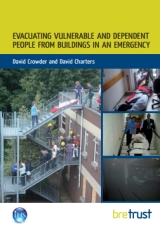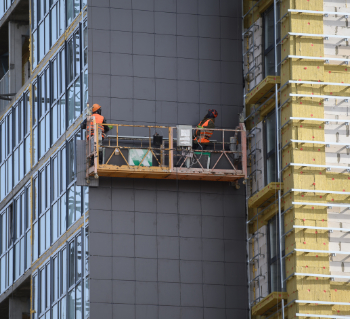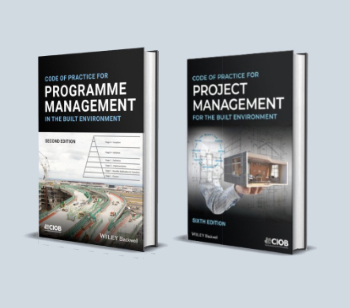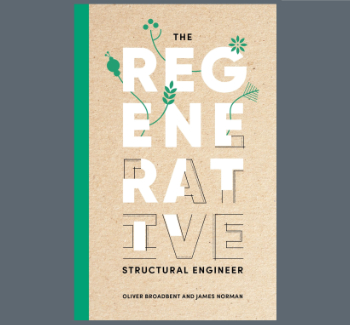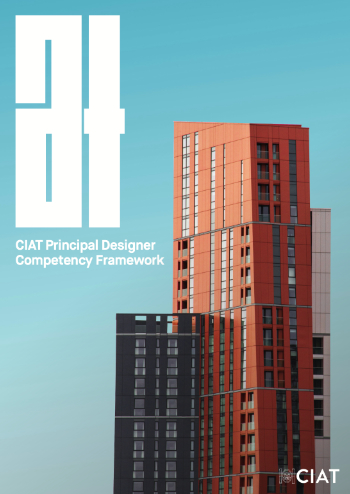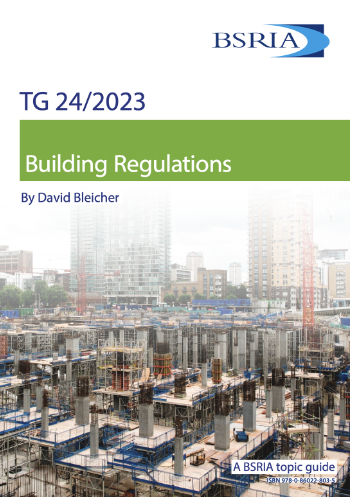Evacuating vulnerable and dependent people from buildings in an emergency FB 52
BRE (Building Research Establishment) is an independent, research-based consultancy, testing and training organisation, operating in the built environment and associated industries.
Evacuating vulnerable and dependent people from buildings in an emergency (FB 52) was written by David Crowder and David Charters and published by BRE on 13 February 2013.
In the attack on the World Trade Center in 2001, more than 1,000 surviving occupants had a limitation that affected their ability to evacuate, including; recent surgery or injury, obesity, heart conditions, asthma, advanced age and pregnancy. An investigation indicated that evacuation flow rates were approximately half those normally observed in fire drills.
There is no simple way to know how long it will take a person with mobility impairments, or a highly-dependent person, to evacuate or be evacuated from a building
FB 52 provides support for designers, owners and managers of buildings so that they can formulate efficient strategies for the effective evacuation of people with mobility impairments such as the elderly or ill, or children from buildings, residential care, healthcare and domestic premises.
Qualitative guidance illustrates the issues that need to be considered when developing an evacuation strategy that is as inclusive as practicably possible. Formulae and data allow quantification of the relationship between the size and nature of a population that may need to be evacuated, the resources that are available to effect evacuation, and the level of fire protection afforded by the building to be evacuated.
The contents of the 32-page guide are:
- Executive summary.
- Introduction.
- Roles.
- Available safe egress time and required safe egress time.
- Evacuation of patients.
- Evacuation strategies.
- Points to consider when evacuating mobility-impaired people.
- Training.
- Evacuation aids and techniques.
- Ensuring continuity of care.
- Appendix A Nature of fire.
- Appendix B Evacuation data.
- Appendix C Vertical evacuation.
- Appendix D Calculation of evacuation time.
- References.
[edit] Related articles on Designing Buildings Wiki
- Approved document B.
- Assembly area.
- BRE articles on Designing Buildings Wiki.
- BRE Buzz articles on Designing Buildings Wiki.
- BRE Buzz.
- Building evacuation.
- Building Research Establishment.
- Emergency lighting.
- Emergency services.
- Escape route.
- Evacuation chair.
- Fire engineering.
- Fire.
- Firefighting lift
- Grenfell Tower.
- Hearing loss and the built environment.
- Inclusive design.
- Means of escape.
- Older people.
- People with disabilities.
- Protected escape route.
- Unprotected escape route.
- Visual alarm devices - their effectiveness in warning of fire.
- Visual alarm devices for fire: An introduction and guide to BS EN 54-23.
Featured articles and news
For the World Autism Awareness Month of April.
70+ experts appointed to public sector fire safety framework
The Fire Safety (FS2) Framework from LHC Procurement.
Project and programme management codes of practice
CIOB publications for built environment professionals.
Sustainable development concepts decade by decade.
The regenerative structural engineer
A call for design that will repair the natural world.
Buildings that mimic the restorative aspects found in nature.
CIAT publishes Principal Designer Competency Framework
For those considering applying for registration as a PD.
BSRIA Building Reg's guidance: The second staircase
An overview focusing on aspects which most affect the building services industry.
Design codes and pattern books
Harmonious proportions and golden sections.
Introducing or next Guest Editor Arun Baybars
Practising architect and design panel review member.
Quick summary by size, shape, test, material, use or bonding.
Types of rapidly renewable content
From forestry to agricultural crops and their by-products.
Terraced houses and the public realm
The discernible difference between the public realm of detached housing and of terraced housing.








